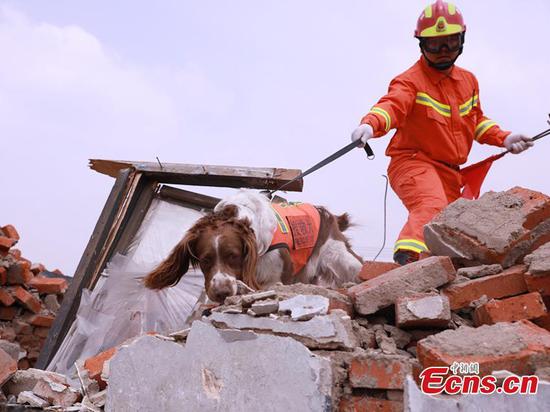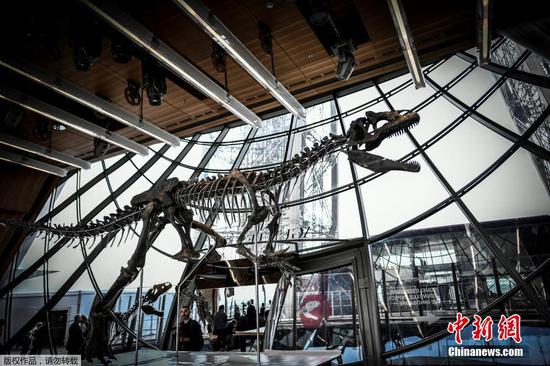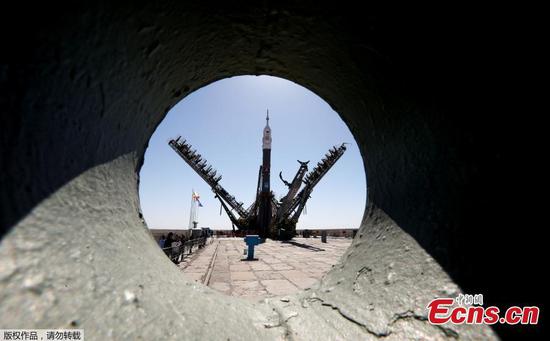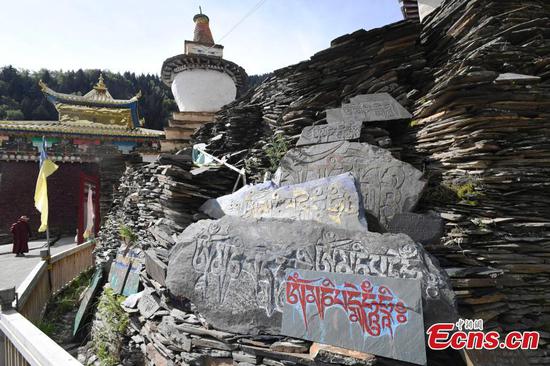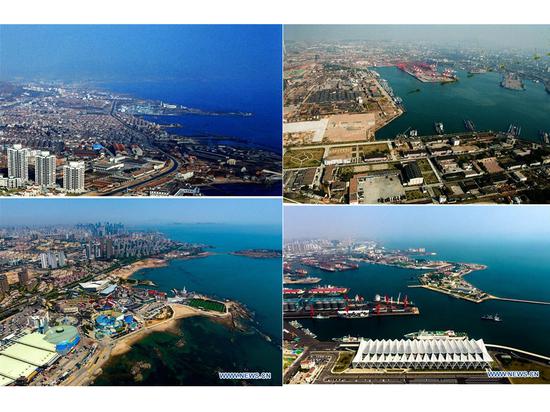Researchers from the University of Alaska Fairbanks claim to have found evidence of slow geological processes prior to full-blown earthquakes, offering potential possibility for earthquake prediction in the region.
Seismologist Carl Tape and his colleagues said they have found evidence for accelerating activity before a 2016 earthquake in central Alaska's Minto Flats. The activity included a series of long, low-frequency waves recorded by seismic stations.
Tape said this kind of slow event transitioning into a rupture had previously only been seen in laboratory experiments.
Similar patterns also showed in 2015, when the seismic stations recorded a long-duration, very low-frequency process, normally only seen in deep subduction zones. This event showed a small amount of activity gathering, or nucleating, in a central area below the surface. But it did not lead to an earthquake.
"The leap we make, and maybe the more controversial thing, is that this emergent long-period signal only seen on top of the fault is a low-frequency signal that can sometimes turn into an earthquake and sometimes not," said Tape.
Tape and his colleagues published their work this week in the Nature Geoscience journal.
While studying how low-frequency waves can trigger or transition into full-scale ruptures could help scientists improve earthquake prediction models, researchers believe that the patterns found at Minto Flats are unique to the region's fault complex.
Minto Flats has a deep sedimentary basin, strike-slip faulting, active tectonics and deep earthquakes. It is an unusual site.
"In some ways, I wish there wasn't anything special. I wish it was a global phenomenon that we discovered, but it's not," Tape said. "It appears there is something special about the conditions in Minto Flats."
ka









